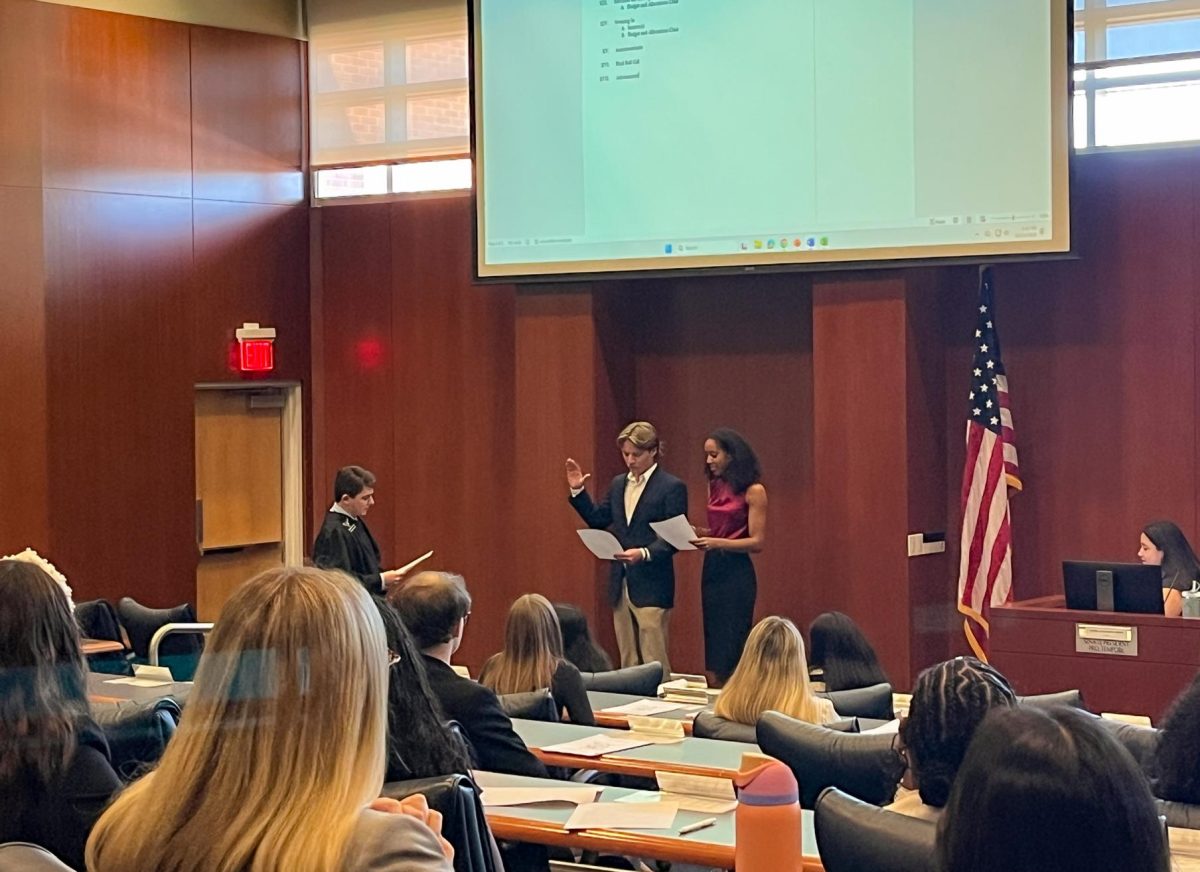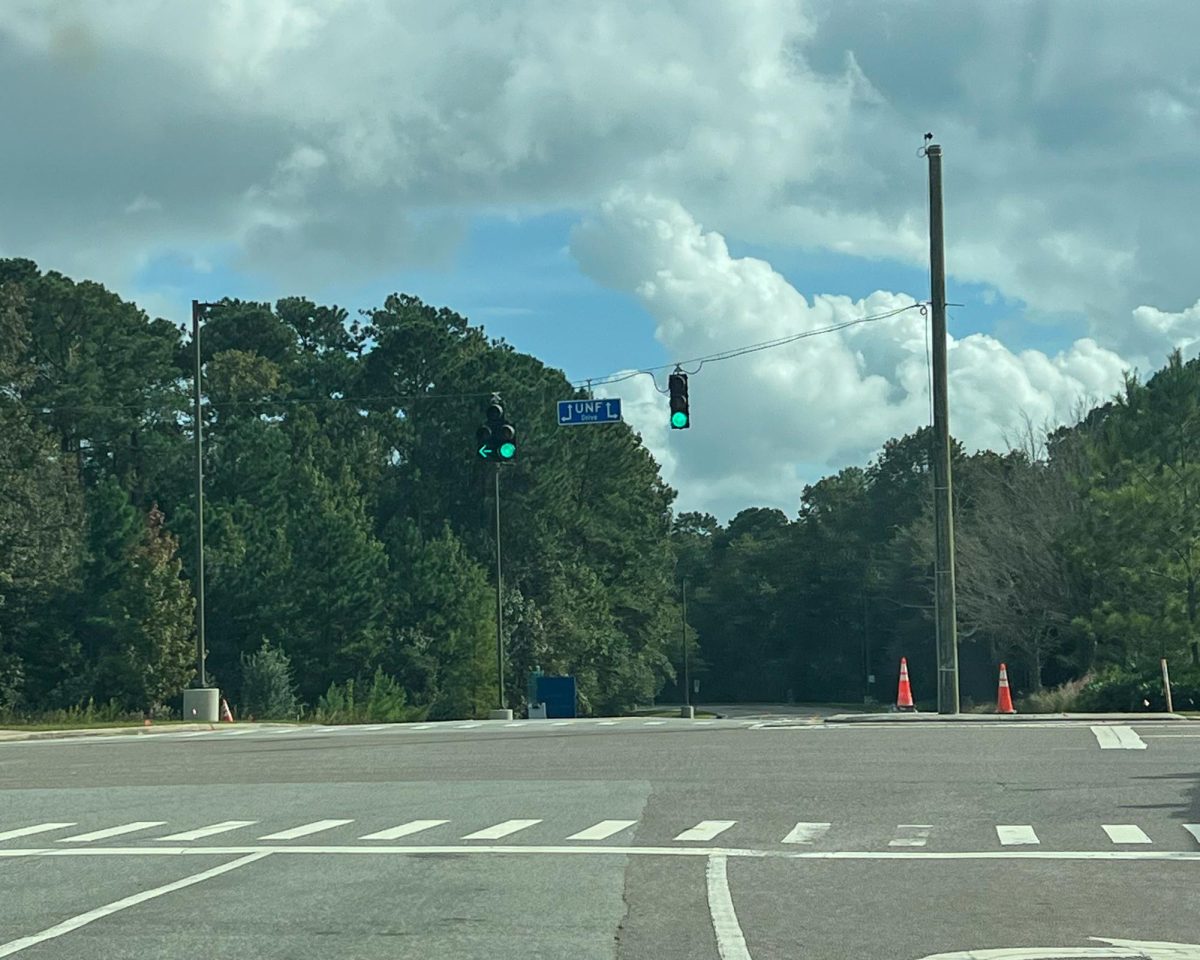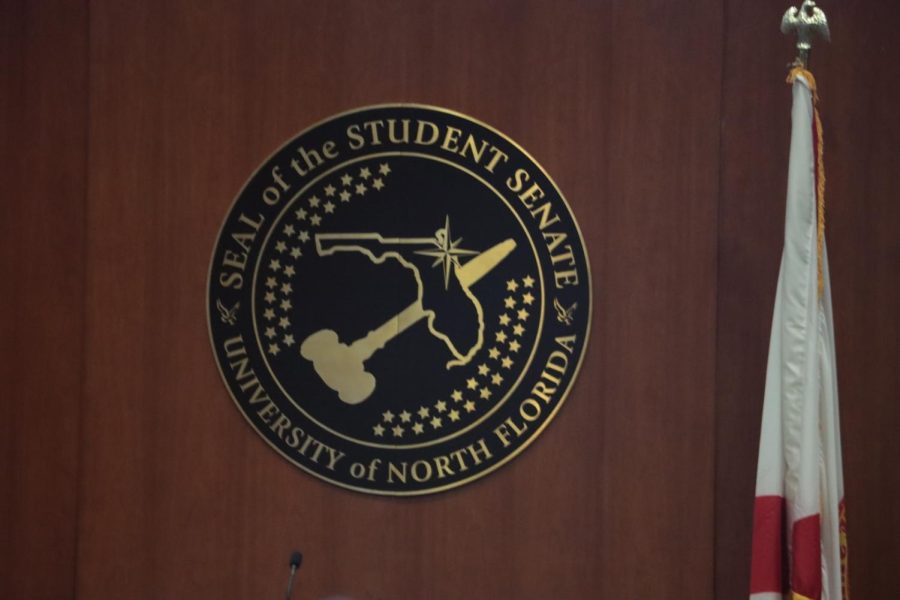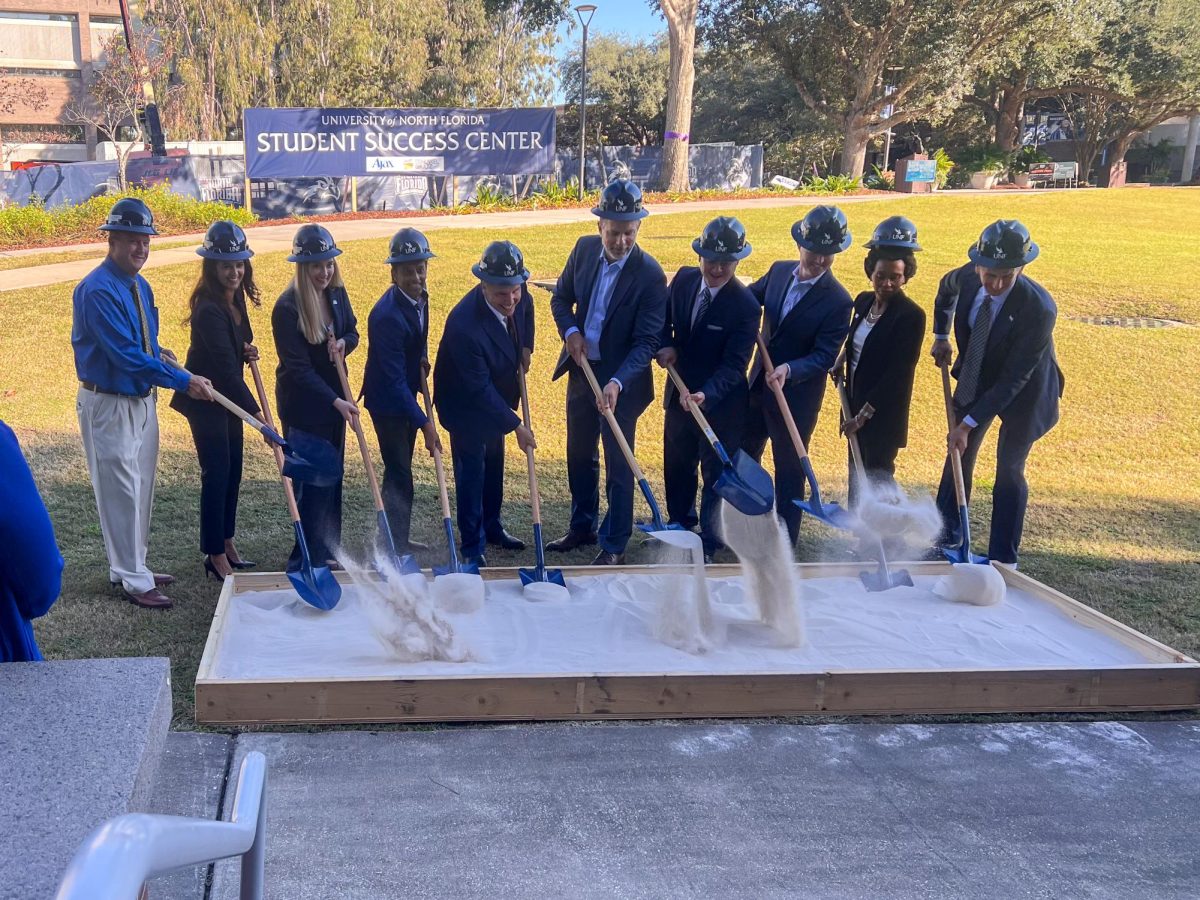It was my dream vacation: a week-long program for selected Florida college students to tour launch pads and control rooms, and work on projects to build and launch a weather balloon payload into the atmosphere.
The next summer, I reapplied and returned to KSC as an intern in a Constellation Program office. It was a great atmosphere in which to work. Everyone I met was excited to go to the office for 8 hours a day; they were the rocket scientists working on the vehicles that inspired them as kids.
I was lucky to be on site in the summer of 2007, when two shuttles launched successfully — STS-117, Atlantis, in June 2007, and STS-118, Endeavour, in August. I saw one from the Vehicle Assembly Building, and the other from the press site. I could feel the ground vibrate from both spots during liftoff.
The view of launch pad 39A is clearest from the media site. I had just graduated from my Physics BS and was about to start a master’s program in science communication because I wanted to inspire others to think the way we at KSC did about space, and more importantly, about science. I shadowed some media staffers and experienced the excitement of the media rush before a launch.
“It seems like a miracle to me every time a shuttle lifts off because so many things could go wrong,” said Marc Neveu, an earth and space exploration student who has recently become an amateur shuttle chaser.
He was among the estimated 1 million people who viewed the last shuttle launch Friday, July 8th, from the Space Coast. It was his second launch viewing after chasing four previous launch attempts that were scrubbed since 2009.
Even though it was the last launch, and no more shuttles will be fueled by NASA, the imaginations of the young people who are interested in space still will. About next generation space programs, Loretta Hidalgo Whitesides, Space Generation career coach and customer of Virgin Galactic, believes, “out of crisis comes opportunity.”
“Middle schoolers … need to be inspired by this awesome show of sheer power being released as a shuttle lifts off,” Neveu said. He says they will be the ones who will build the complex vehicles that will carry us further to explore the unknown.
UNF Researcher and Lecturer Dr. Nirmal Patel develops thin film ozone sensors with his students and flies them each summer on NASA weather balloons. I first asked him for help with our intern payload. It is exciting to see that our collaboration with KSC grew to this level. He encourages students to get involved right now.
“Many students do not know that NASA is a big education program from the school level to …university level,” Patel said.
Dr. Jaydeep Mukherjee is the Director of the NASA Florida Space Grant Consortium, an alliance of Florida universities that support Florida’s space industry through funding and programs. He is also optimistic about the role that interested students will play in the future space realm.
“I think that in a year or two, there will be a great demand for physics and engineering students,” he said. “The employers will not be just NASA but the numerous sub-orbital flight companies that are building and will be building vehicles for space tourism.”
Interested Florida students and graduates can get involved. Dr. Mukherjee encourages them to visit intern.nasa.gov or contact him for more information about available FSGC supported research grants and internships.
We never get what we do not try for, but we might get what we have the courage to try for. It took many internship, scholarship, and PhD application rejections for me, but it was worth it. I worked at KSC twice and NASA Goddard Space Flight Center twice, and have recieved a few scholarships and another master’s degree in the process. Each experience led me to something better, and finally, to my current dream path, a PhD in astrobiology — “alien-hunting,” as my friends call it.
A poet once said, “The universe is full of magical things, patiently waiting for our wits to grow
sharper.” Although the shuttle era is over, there is plenty of space to explore using many skill sets. Whether we do it by launching humans to land on asteroids via private company vehicles, or by engineering NASA rovers that will fly to Mars, there is now and will always remain a need for everyone who is interested to use their wits to explore.











